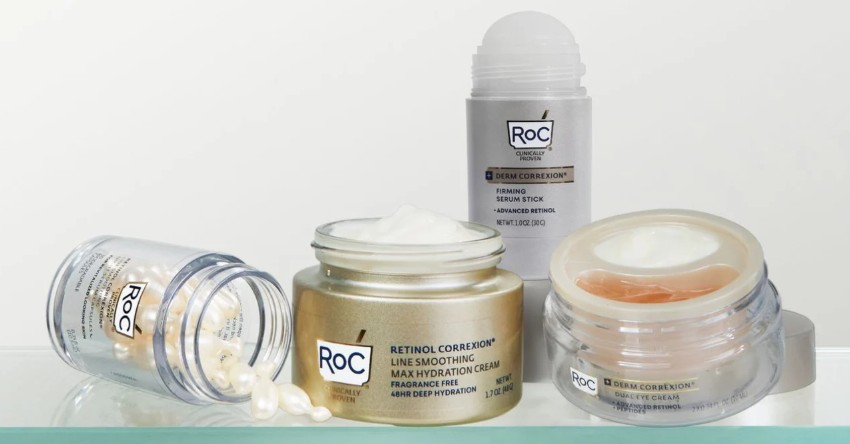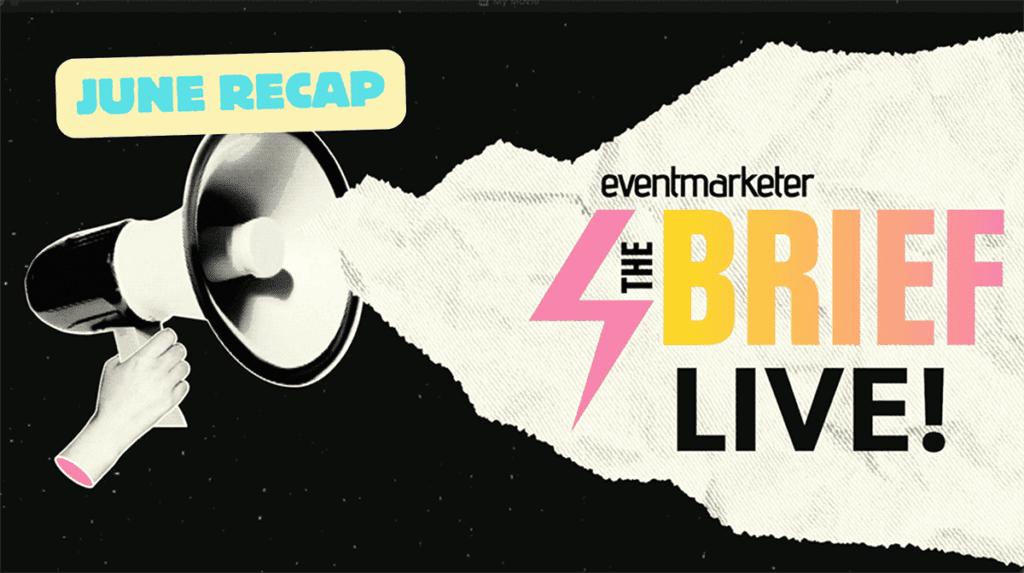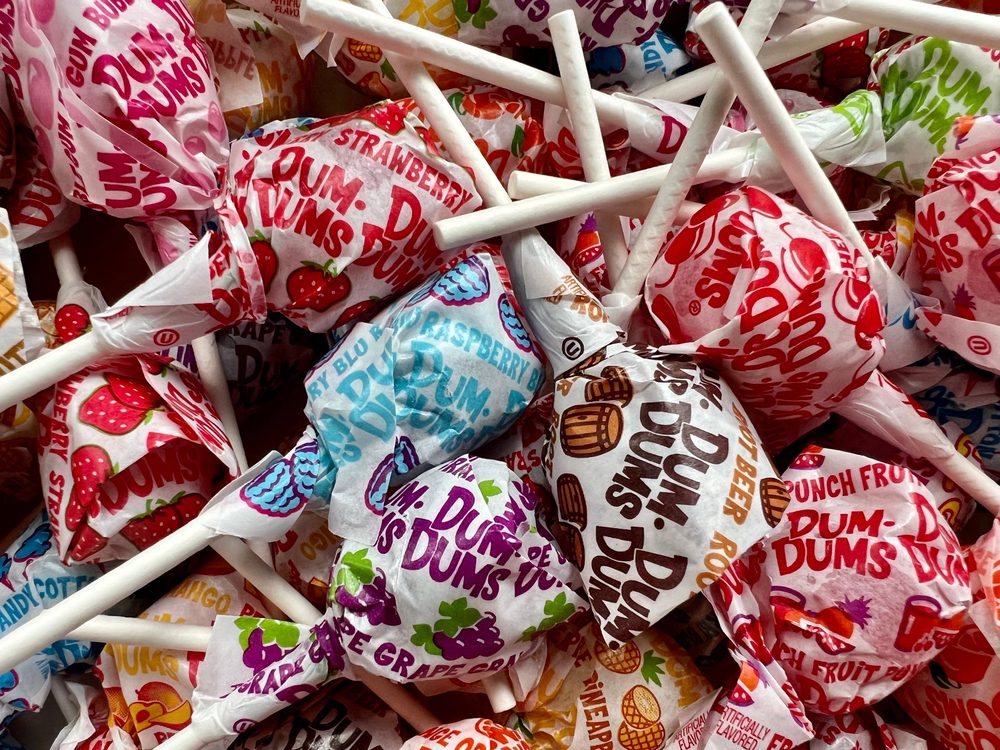As an online marketer, what keeps you up at night? For a lot of us it’s the debate over whether to invest our limited promotional budget in search engine optimization or pay per click to achieve the highest ROI.
You’ve probably heard SEO agencies tout the superiority of SEO over PPC as a means of providing the best quality leads without having to pay for clicks. And you’ve probably also heard PPC agencies discount the value of an SEO investment due to the lack of control and a limited ability to respond to mysterious algorithm changes.
An important part of the debate that’s largely ignored is the quality of organic (non-paid) vs. paid visitors. Do visitors from organic listings behave differently than those who arrived at your Web site through a PPC ad? In general, which type of visitor is more inclined to buy? Is there any demonstrable and consistent relationship between how visitors arrive at your site and their likelihood to buy?
Since visitors from different traffic sources may have different motivations, behaviors and buying characteristics, marketers need to understand how to maximize each visitor’s value based on the way they got to the site.
Along with organic and paid listings, visitors may arrive at your site by typing in your URL, accessing an existing bookmark or clicking a link on a completely different site or e-mail promotion.
To better understand how traffic source affects visitor purchase behavior, Engine Ready Inc. studied 27 companies over a two-year period. We were most interested in evaluating visitors’ likelihood to convert to being customers, the amount spent by each visitor, and their engagement and behavior.
Categories analyzed by traffic source included average order value, bounce rate, conversion rate, value per visitor, average time spent on site, average number of page views per visit, and average length of time spent on each page viewed.
A common thread in the study was that visitors who arrived directly or via a bookmark stayed longer, viewed more pages, were more likely to purchase and more likely to spend a higher dollar amount than visitors from other sources. Assuming, then, that a much larger percentage of these people visited the site before, then it becomes quite clear
 Network
Network

